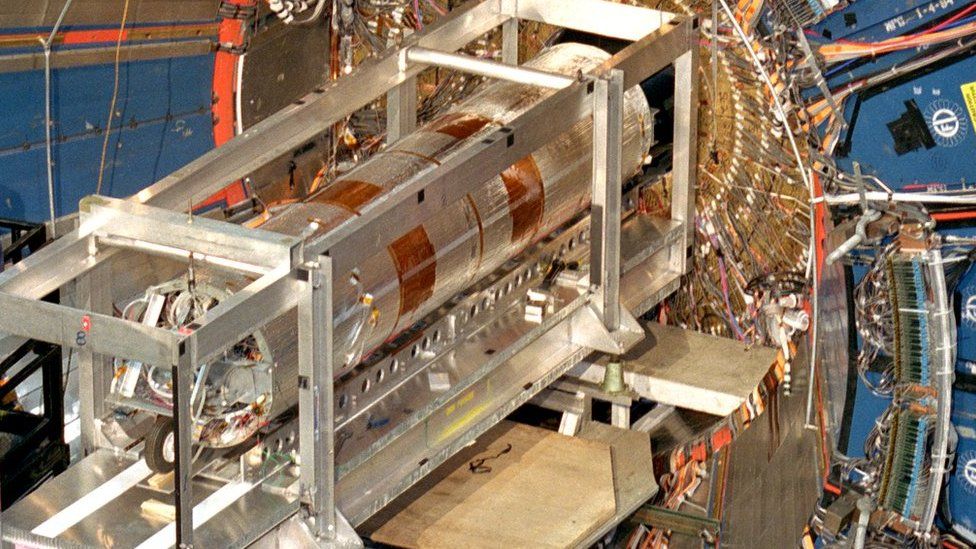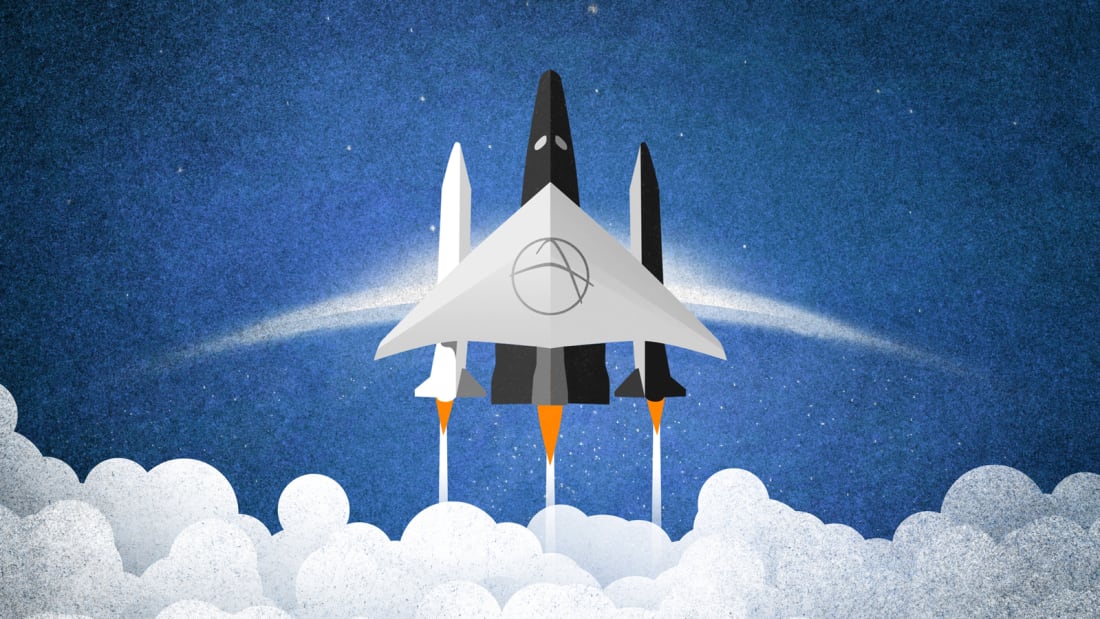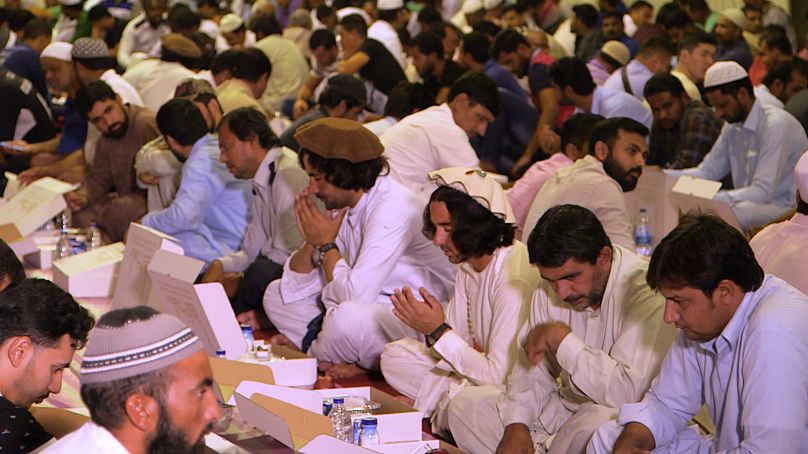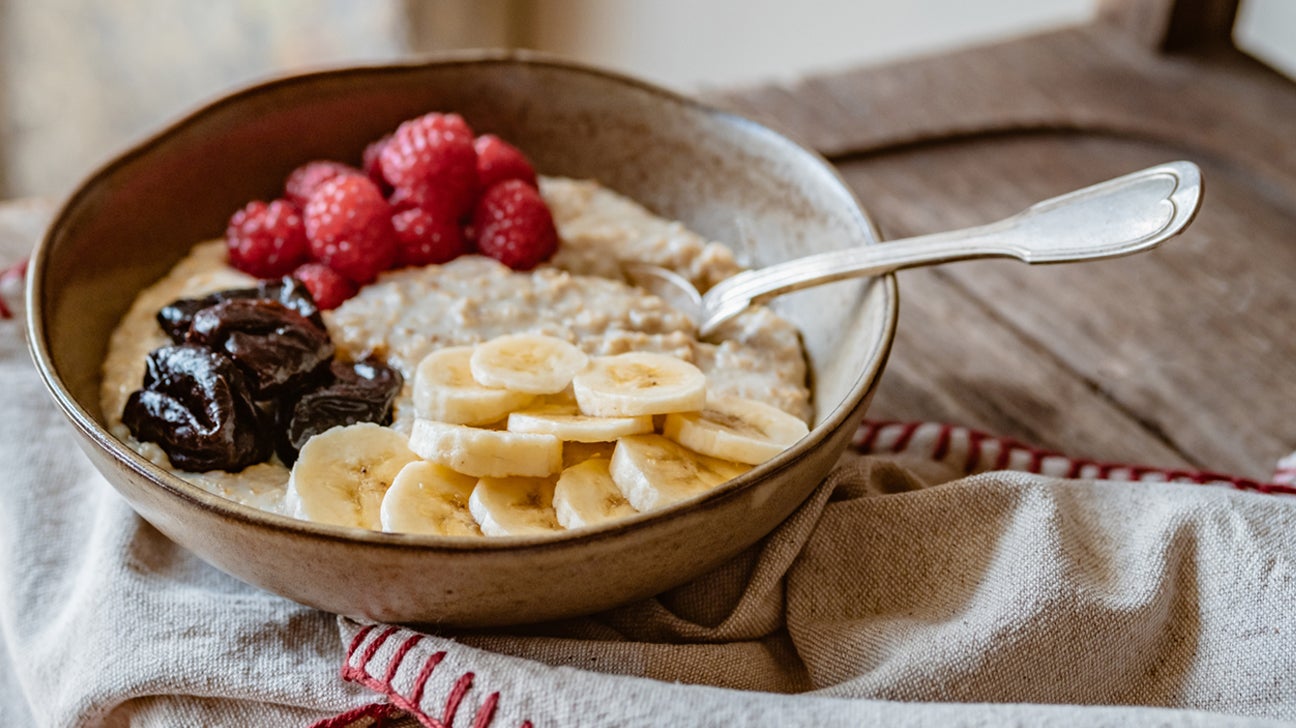Shock Result in Particle Experiment could Spark Physics Revolution
令人震驚的粒子實驗結果可能引發物理學革命
Sciences
The scientists at the Fermilab Collider Detector (CDF) in Illinois have found only a tiny difference in the mass of the W Boson compared with what the theory says it should be - just 0.1%. But if confirmed by other experiments, the implications are enormous. The result, published in the journal Science, could be related to hints from other experiments at Fermilab and the Large Hadron Collider at the Swiss-French border. These, as yet unconfirmed results, also suggest deviations from the Standard Model, possibly as a result of an as yet undiscovered fifth force of nature at play. All eyes are now on the Large Hadron Collider which is due to restart its experiments after a three-year upgrade. The hope is that these will provide the results which will lay the foundations for a new more complete theory of physics.
--from BBC News, article with video
科學家們在伊利諾州費米實驗室粒子對撞偵測儀(CDF)發現W玻色子的質量與其理論質量有著微小差異-僅0.1%;但若經其他實驗證實,其影響將是巨大的。該結果發表在《科學》期刊,與法國和瑞士邊境的大型強子對撞機(LHC)及其他費米實驗室的實驗線索可能相關。這些尚未經過驗證的結果也顯示出標準模型的偏差,可能是尚未發現的第五種自然力量作用所致。現在所有人的目光都集中在經過三年升級後重啟的LHC實驗,希望這些結果為新物理學理論更完整奠基。
--摘錄翻譯自BBC News,原文含影片
Scientists Breed Honey Bees to Fight Deadly Parasite
科學家培育蜜蜂來對抗致死的寄生蟲
Sciences
Beekeeping operations—large and small alike—face enormous losses from pesticides, inadequate nutrition, parasites, and pathogens. The varroa mite—a blind, eight-legged parasite—can kill enough bees to doom an entire colony. Now, researchers report that a strain of honey bee bred to fight back survives much better than standard commercial colonies, even under the stressful conditions of industrial-scale pollinating. The more sustainable approach is breeding honey bees to fight the mites. A behavior, known as varroa sensitive hygiene, prevents the mites from reproducing inside the hive. Varroa mites lay their eggs inside the brood cells where honey bee larvae develop. Honey bees with the right genes will check the cells for varroa mites and then remove any infested larvae from the hive.
--from Science News
養蜂業無論大小,都面臨農藥、營養不足、寄生蟲和病原體造成的巨大損失。瓦蟎-一種盲眼的八足寄生蟲,可致死的蜜蜂數足以毀滅整個蜂群。現在,研究人員報告:為逆襲而培育的一種蜜蜂,即使在產業規模授粉的高壓條件下,存活力也比標準商業蜂群好得多。這個永續的方式是培育蜜蜂來對抗蟎蟲-一種被稱為瓦蟎敏感衛生的行為,可以防止蟎蟲在蜂巢內繁殖:瓦蟎將卵產在蜜蜂的育雛室裡,具有正確基因的蜜蜂會檢查育雛室是否有瓦蟎,並將受感染的幼蟲自蜂巢中清除。
--摘錄翻譯自Science News
Shanghai to New York in Two Hours? China Joins the Hypersonic Flight Race
上海到紐約只需要兩小時?中國加入極音速飛行競賽
Culture
Beijing-based Space Transportation (aka Lingkong Tianxing in China) aims to make this prospect a reality with the development of a passenger-carrying vehicle that can hurtle across the skies at one mile per second -- over twice the speed of Concorde. The firm has released an animated publicity video showing passengers (no helmet or spacesuits required) board what appears to be a 12-seater space plane that nestles underneath an aerodynamic delta-shaped structure, flanked by two titanic booster rockets. The vehicle launches vertically into the heavens, and upon reaching cruise altitude, the space plane separates from its boosters and then skims the edge of space at 7,000 kilometers (4,350 miles) per hour, landing vertically at its destination with the aid of a tripod-type undercarriage. The company aims to launch its first suborbital space tourism test flight in 2025, followed by a "complete full-scale global hypersonic vehicle flight by 2030."
--from CNN News
位於北京的太空運輸公司(中國名:凌空天行)戮力於讓載客機以每秒1英里-比協和客機快兩倍的速度-劃過天際的希望成真。官方釋出一支動畫宣傳片,展示乘客(不需穿戴頭盔或太空衣)登上一架具備空氣動力學三角結構、兩側裝設火箭推進器的12人座太空飛機。飛行器垂直發射到空中,到達巡航高度後,太空飛機脫離推進器,然後以時速7000公里飛過太空邊緣,藉三腳支撐架垂直降落在目的地。該公司預定在2025年推出次軌道太空旅遊首航試飛,隨後於2030年達成全面全球極音速飛行器飛行。
--摘錄翻譯自CNN News
Ramadan: How Is the Holy Month Observed in The UAE, Egypt, and Malaysia?
齋戒月:阿拉伯聯合大公國、埃及和馬來西亞的齋戒月有何不同?
Culture
The Islamic holy month of Ramadan has begun on 2 April in 2022. This 30-day celebration of faith will see 1.6 billion Muslims around the world focus on their religion this spring. Iftar is usually served after sunset. Before dawn breaks, Muslims may have a light meal called suhoor. In Dubai, suhoor is served as a second sitting straight after iftar or as a late-night supper around 10pm or 11pm in many restaurants. In Egypt, homes are decorated with fawanees (lanterns), which children also hold as they perform traditional Ramadan songs for their communities. More than 60 percent of Malaysians celebrate Ramadan and they sometimes gather at the graves of loved ones to remember those who have passed, and many host rumah terbuka or "open house".
--from Euronews, article with video
伊斯蘭的齋戒月在2022年4月2日開始。 在春季裡,為期30天的宗教慶典中,可見識到全球16億穆斯林的信仰虔誠。開齋餐通常是在日落後供應,在破曉前,穆斯林還會有一頓輕食,稱為封齋餐。在杜拜的許多餐廳裡,封齋餐被當作是開齋餐的第二餐或是晚上10或11點的宵夜。在埃及,房屋都會用燈籠裝飾,孩童也會手持燈籠表演傳統齋戒月歌曲給鄰居看。超過60%的馬來西亞人慶祝齋戒月,他們有時會聚集在親人的墳前悼念逝者,許多人會舉辦Rumah Terbuka歡迎路人到家裡用餐。
--摘錄翻譯自Euronews,原文含影片
6 Prunes a Day may Reduce Inflammation, Osteoporosis Risks
一天6顆梅子可以降低炎症、骨質疏鬆症的風險
Health
At the American Physiological Society’s (APS) annual meeting at Experimental Biology 2022, research was presented indicating that eating prunes could help postmenopausal people ward off certain inflammatory factors associated with the development of osteoporosis. Anyone can develop osteoporosis; however, older women are most prone to the condition due to the loss of estrogen during menopause. Prunes are high in vitamin K and minerals like copper and magnesium, which are important for strong bones. Polyphenol extracts found in prunes can act as antioxidants, reducing inflammation in a special type of bone cell called osteoclasts. Osteoclasts play a vital role in the maintenance, repair, and remodeling of bone.
--from Healthline Media
2022年在美國生理學會 (APS)在實驗生物學年會上發表研究指出:吃梅子可以幫助停經者避免某些炎症因子伴隨骨質疏鬆症發展。任何人都可能罹患骨質疏鬆症;然而,年長婦女最容易因停經期間雌激素流失而患病。梅子富含有助強健骨骼的維生素K以及銅、鎂等礦物質。而梅子中的多酚精華有抗氧化作用,能減少一種叫做破骨細胞的特殊骨細胞發炎。破骨細胞在維持、修復和重塑骨骼的中扮演著至關重要的角色。
--摘錄翻譯自Healthline Media
How much plastic do you eat? It could be as much as a credit card a week
您知道自己吃下的塑膠量可能等同每週一張信用卡嗎?
Health
From the remotest depths of the ocean, to the deepest section of the lung, microplastics appear to have invaded every bit of our lives, including the human gastrointestinal tract. The Medical University of Vienna has recently published a study in the journal Exposure & Health which suggests that on average, five grams of plastic particles enter the human gastrointestinal tract per person, per week via seafood or even fruit and vegetables. Previous studies have already found particles in the human blood and organs. While microplastics have also been found to harm unborn babies. To avoid particles getting into our body, microwaving food in china dishes instead of plastic containers, buying clothing of natural materials instead of synthetic fibres, avoiding plastic packaging and drinking filtered tap water are suggested.
--from Euronews, article with video
從最遙遠的海洋深處,到肺的最深處,微塑料似乎已經侵入我們生活每一寸,包括人類的消化道。維也納醫學大學最近在《披露與健康》雜誌發表了一項研究,指出平均每人每週有5克塑膠微粒經由食物鏈中的海鮮、蔬菜及水果進入人體消化道。過去的研究已經在人體血液和器官中發現了顆粒,而微塑料也被發現對未出生的嬰兒有害。要避免微塑料進入我們體內,加熱食物時使用磁器代替塑膠容器、購買天然纖維衣物代替人造纖維、不用塑膠包裝和飲用過濾水方為上策。
--摘錄翻譯自Euronews,原文含影片
